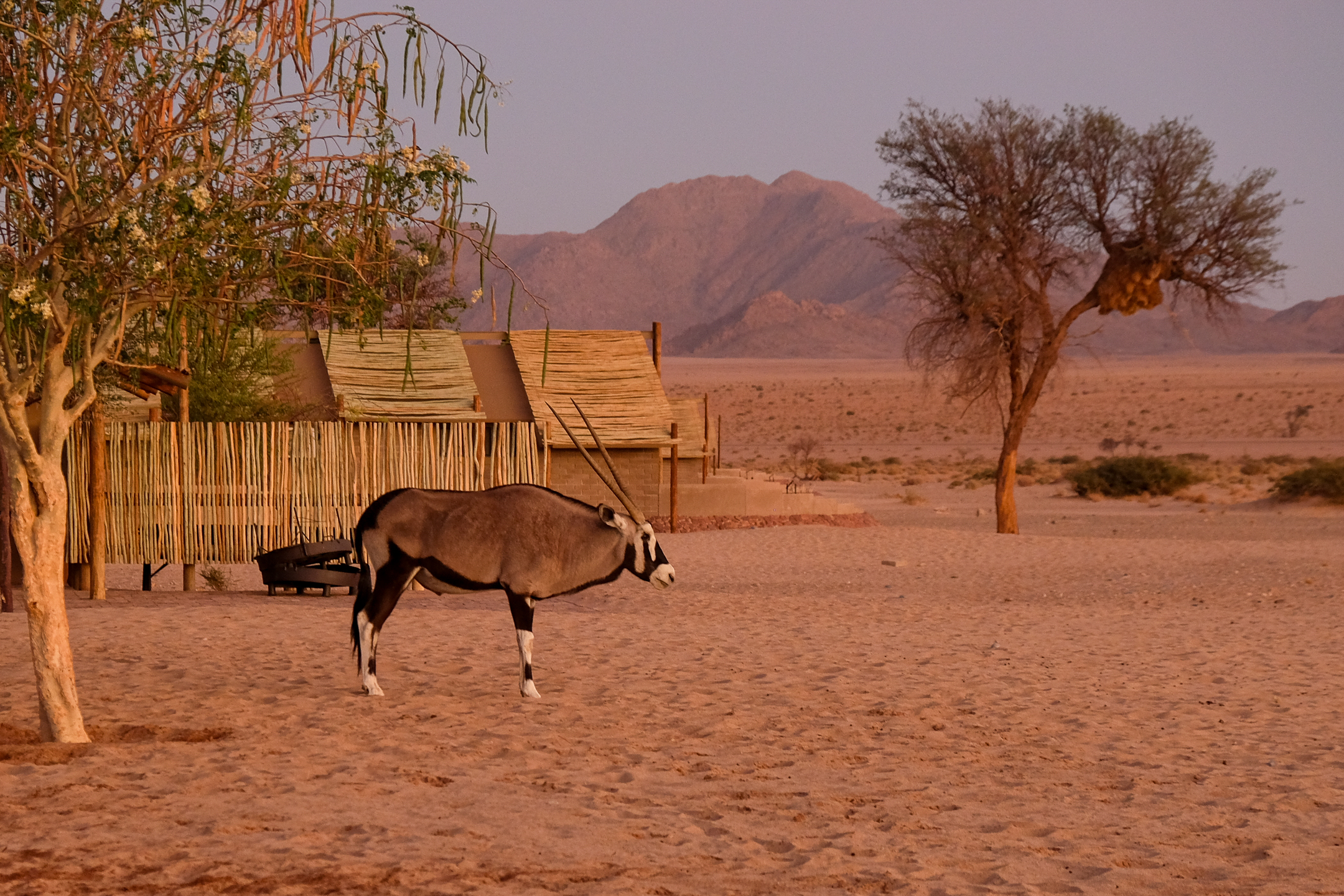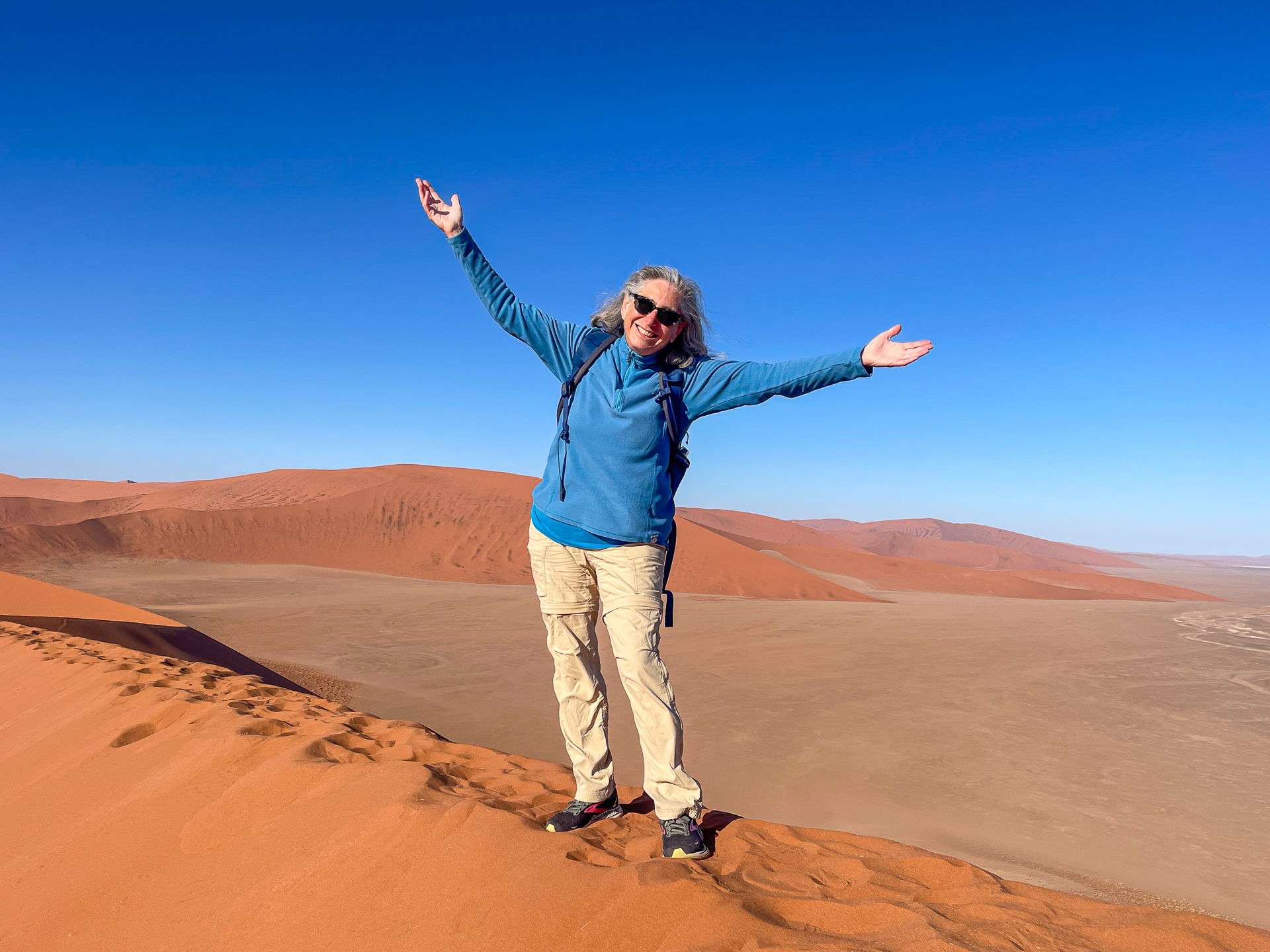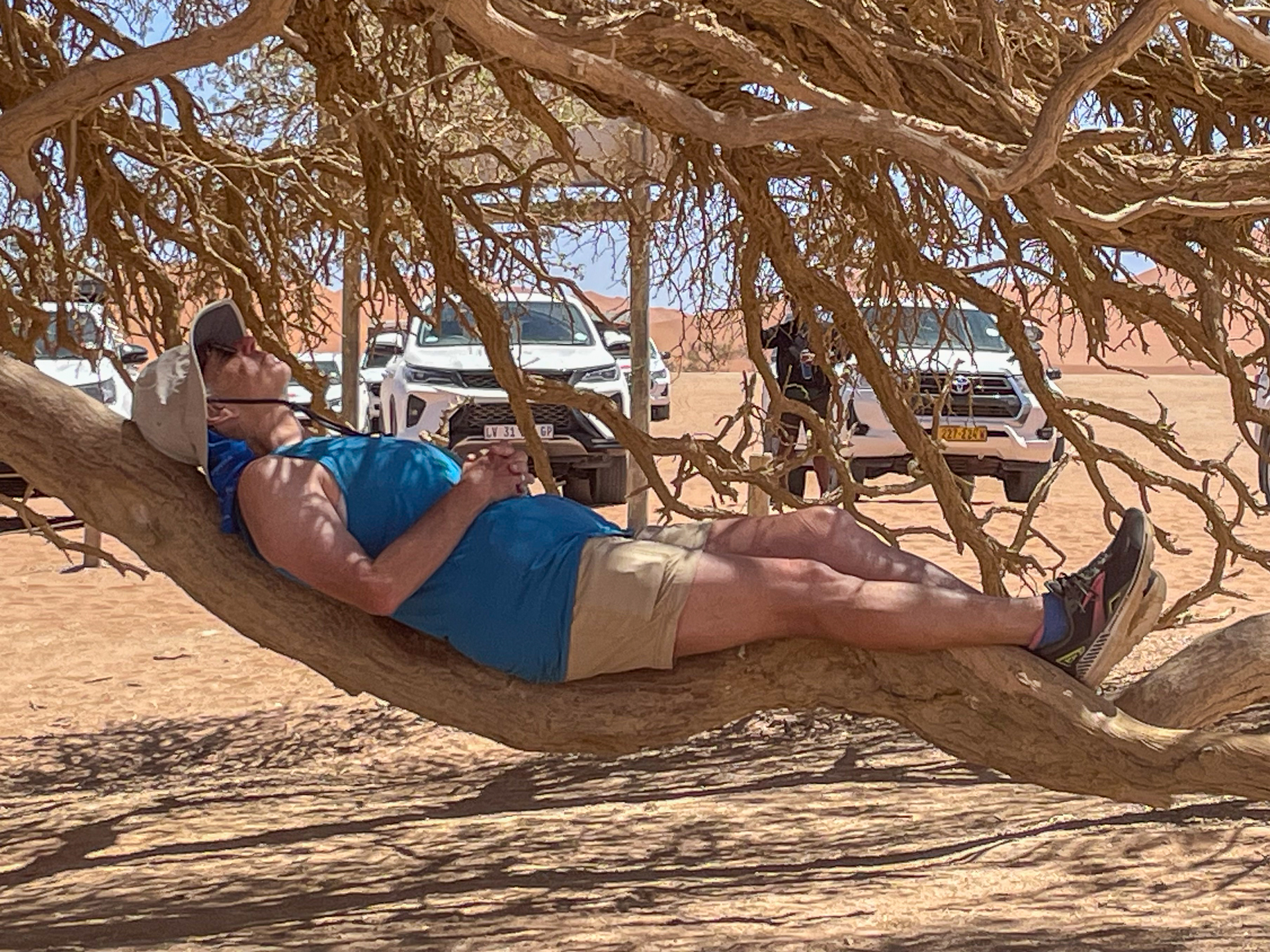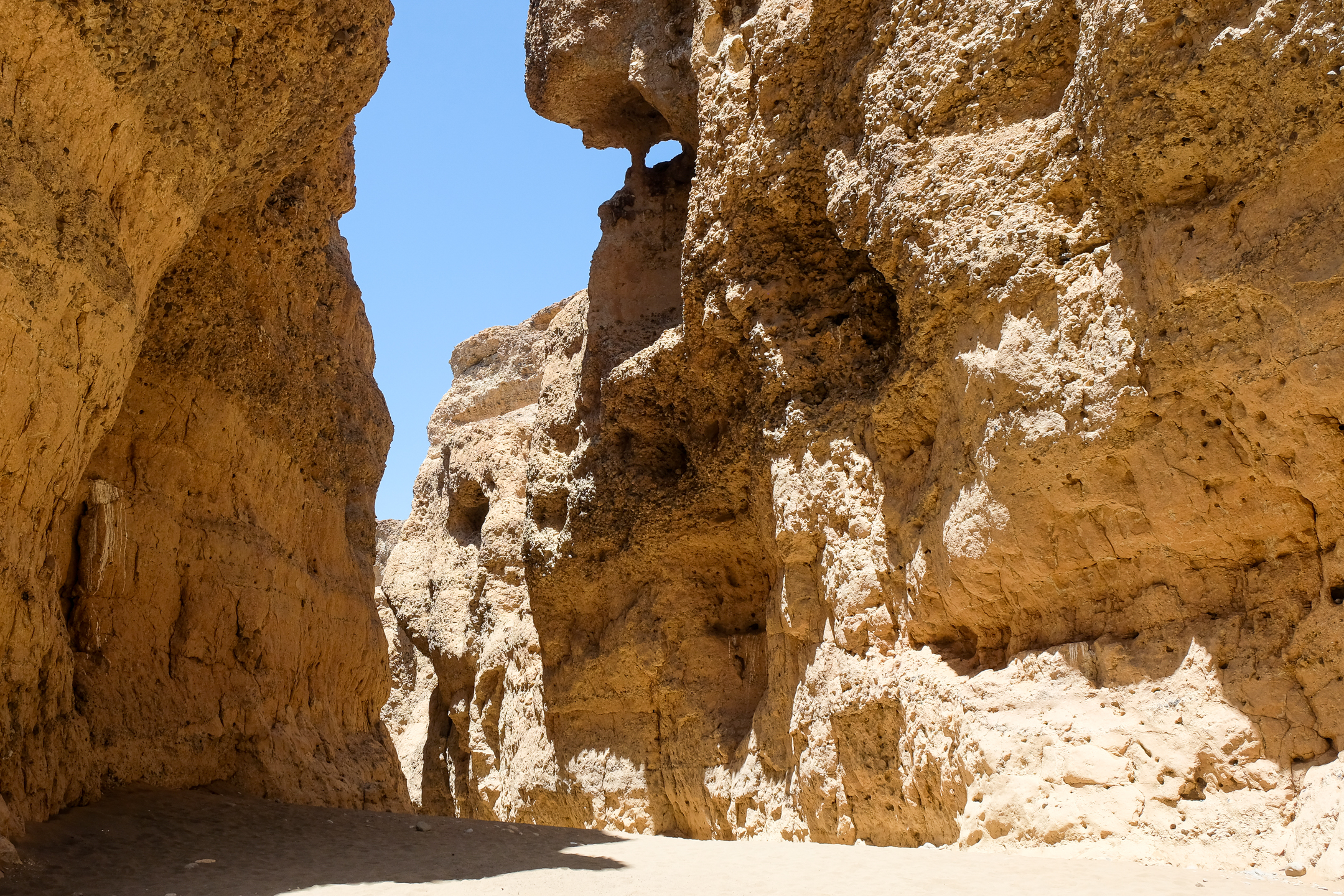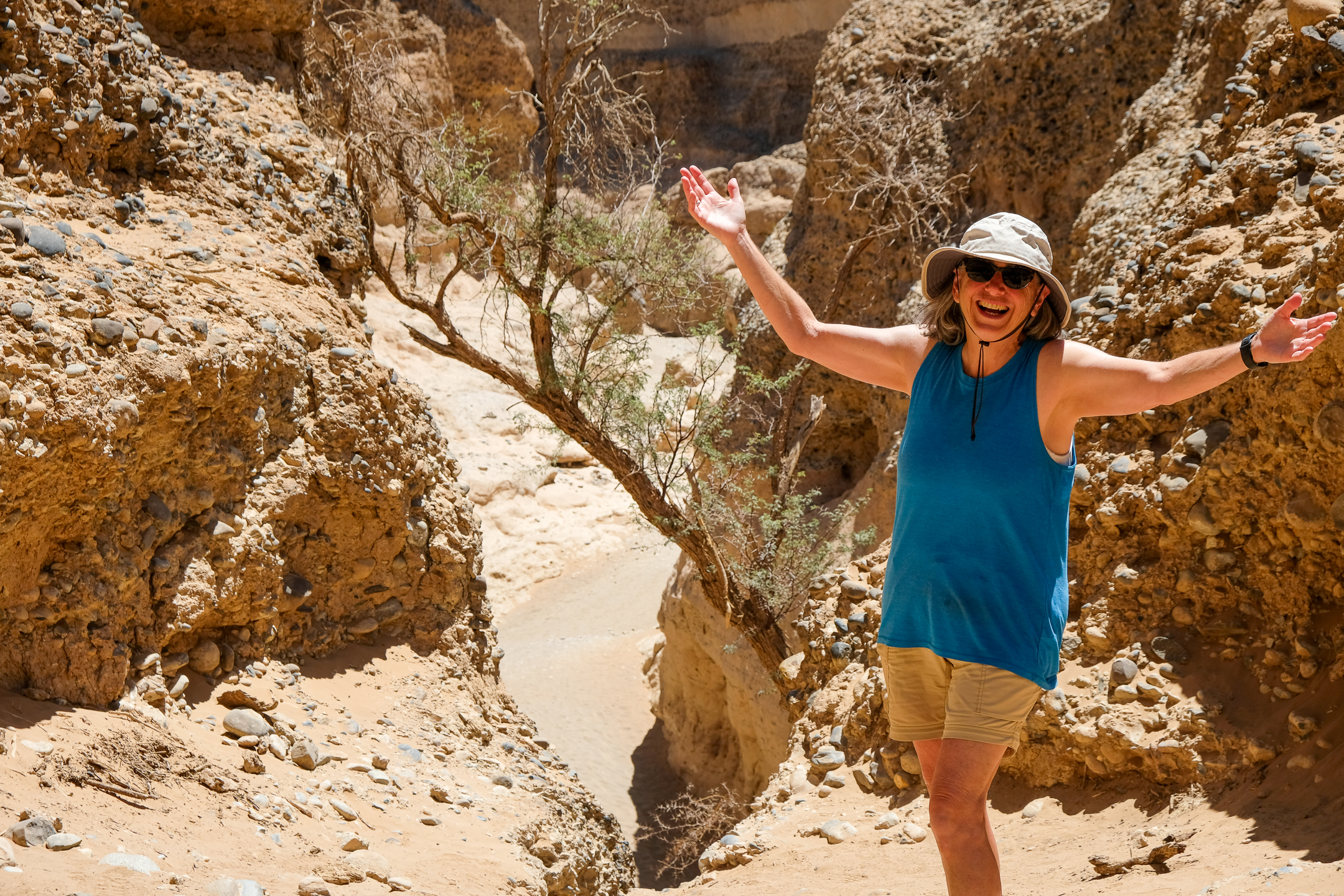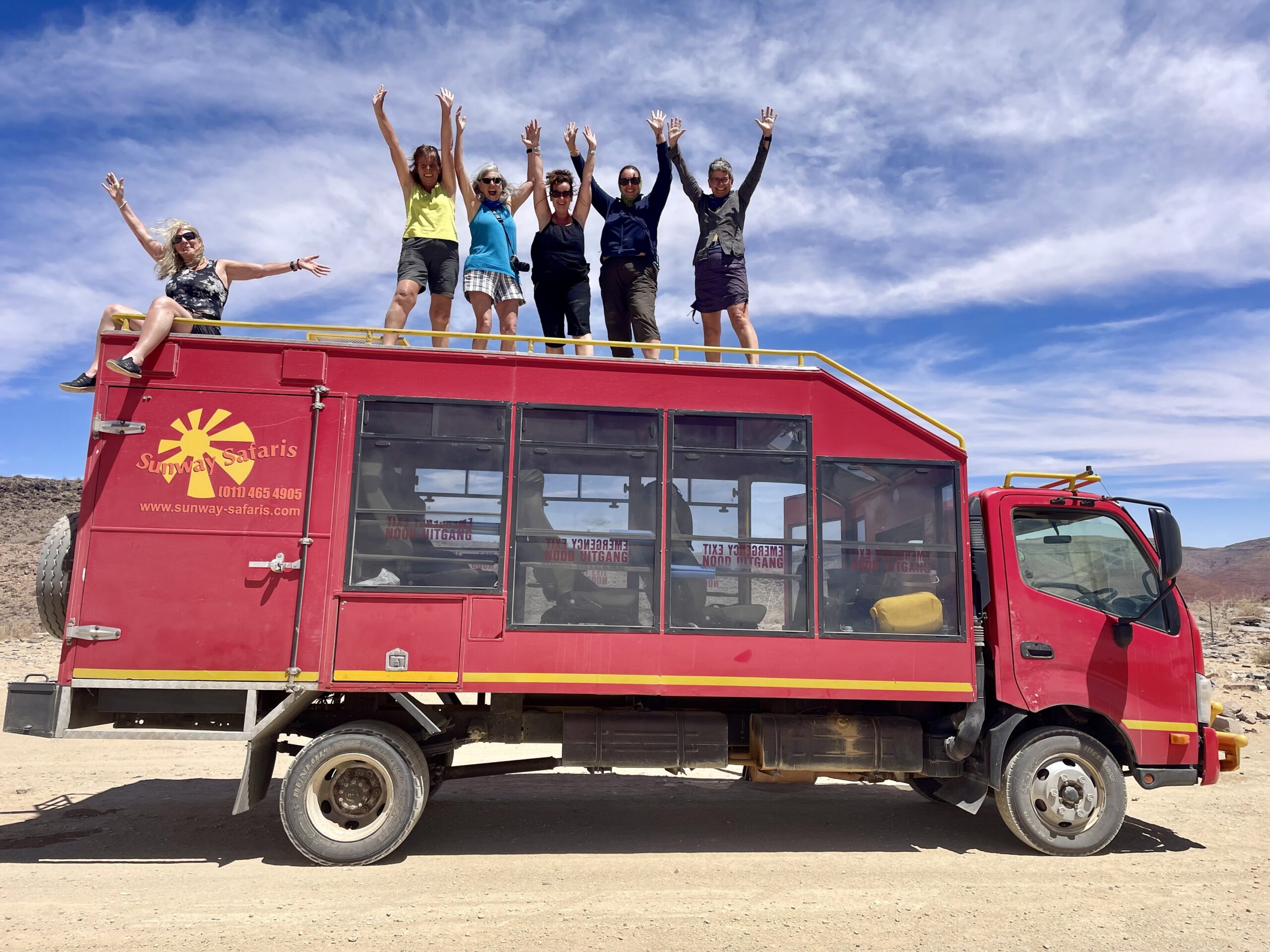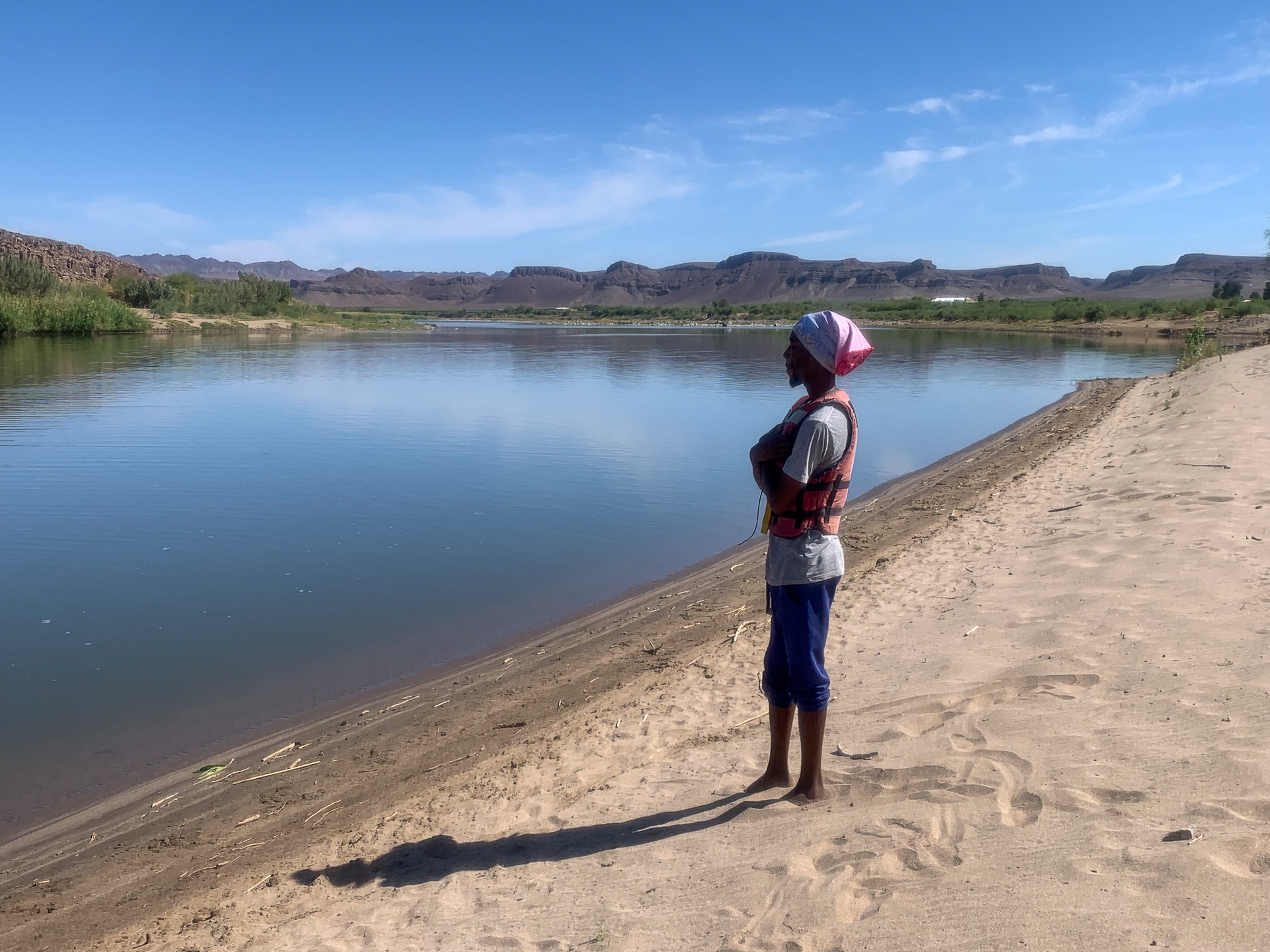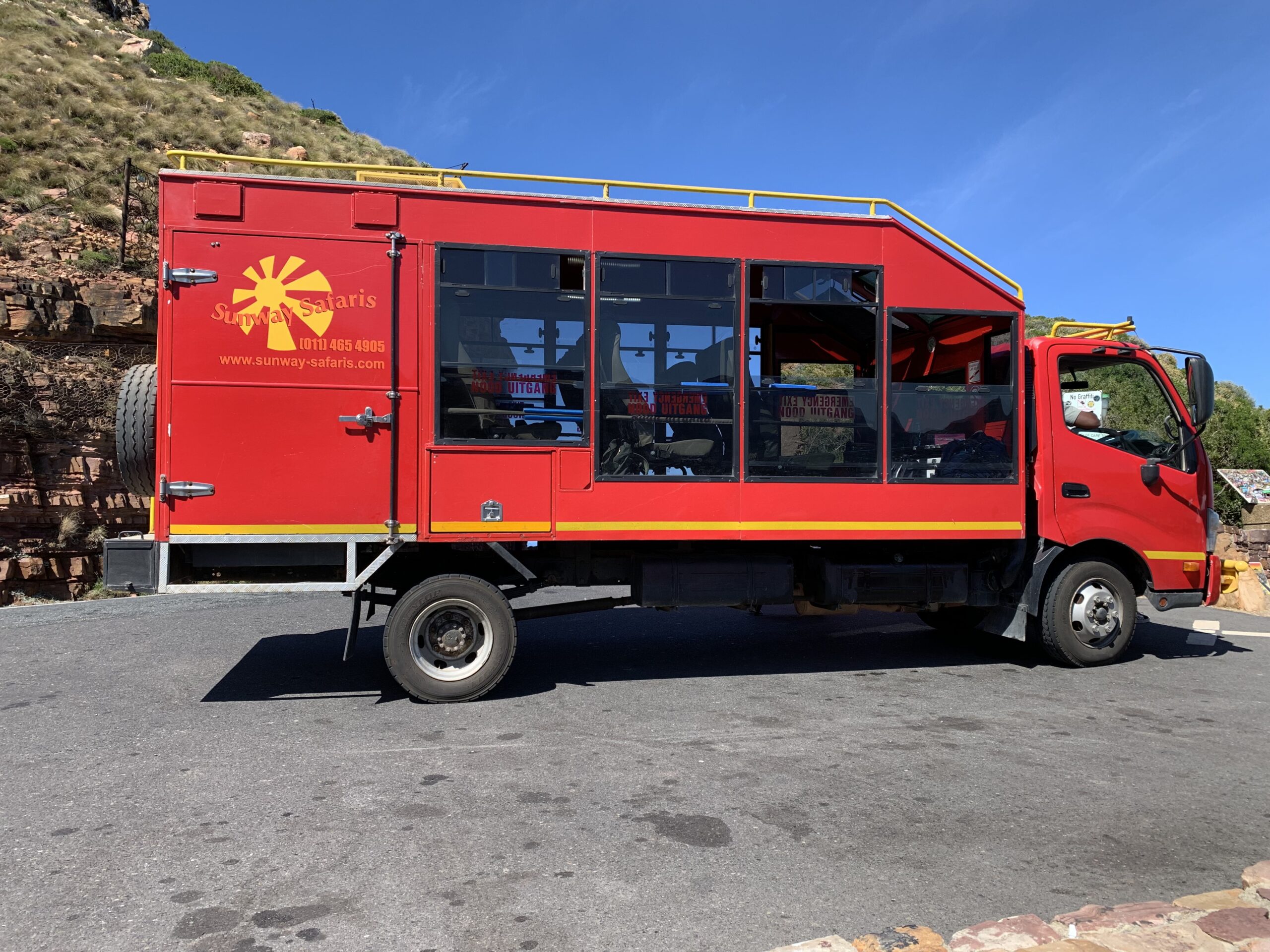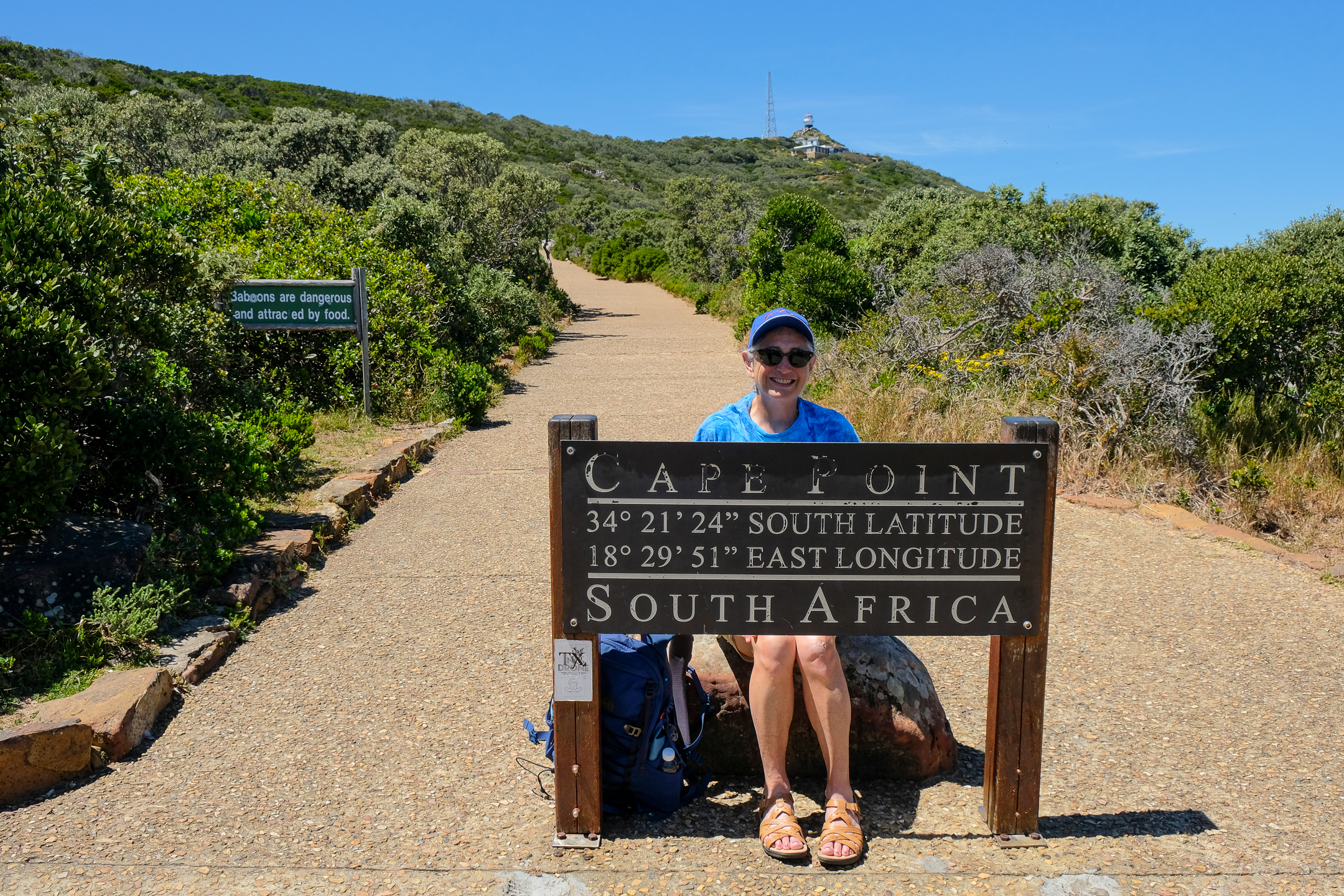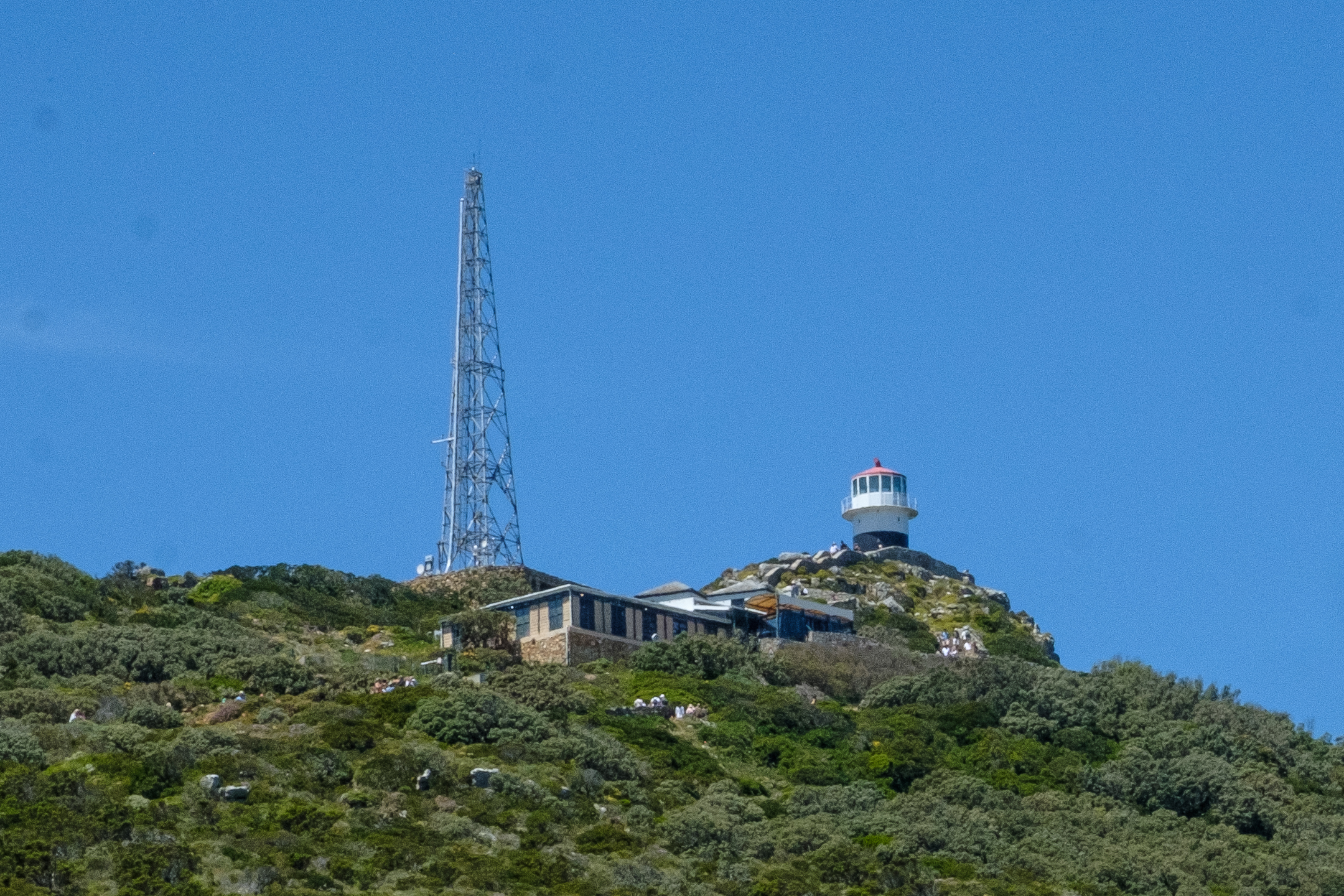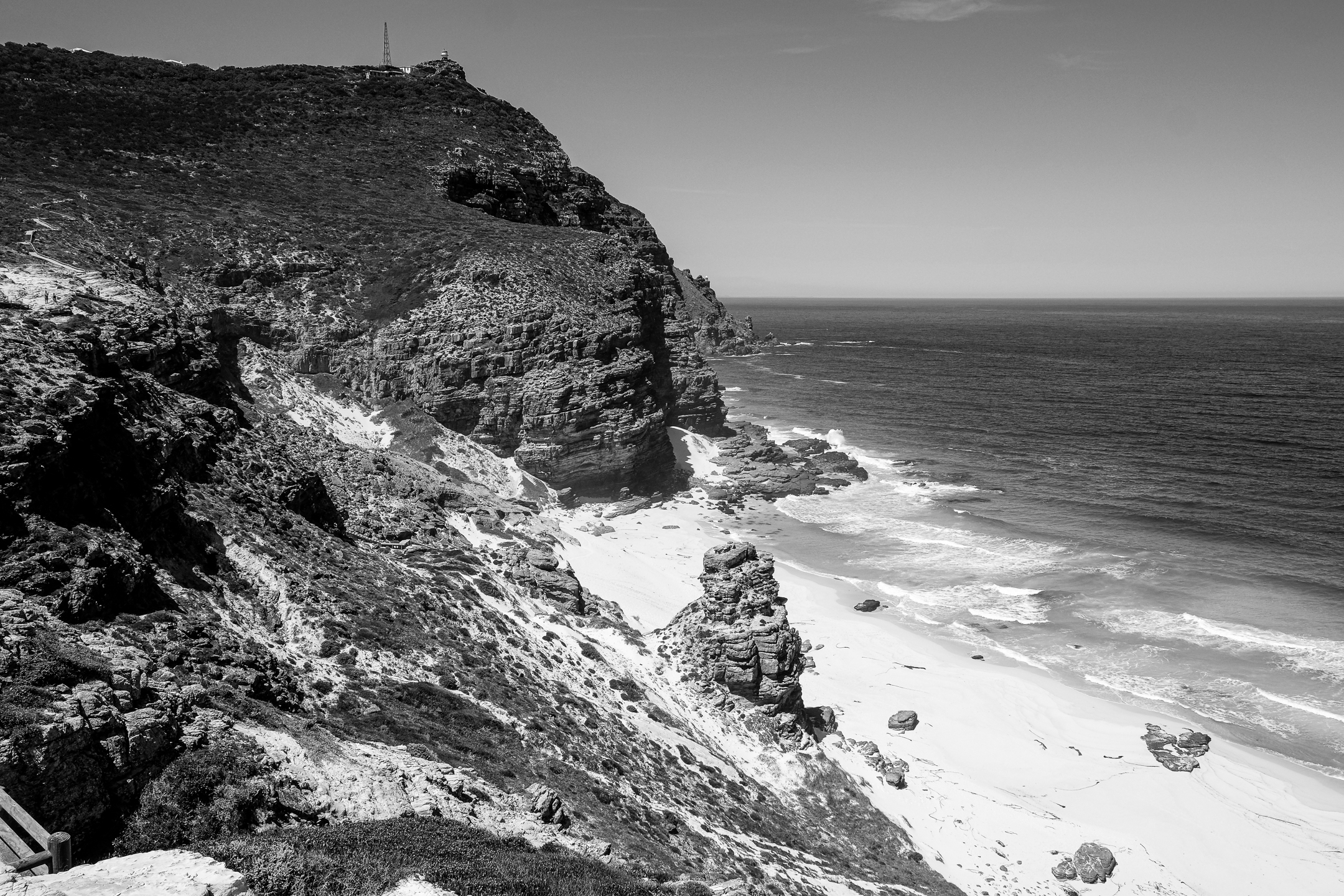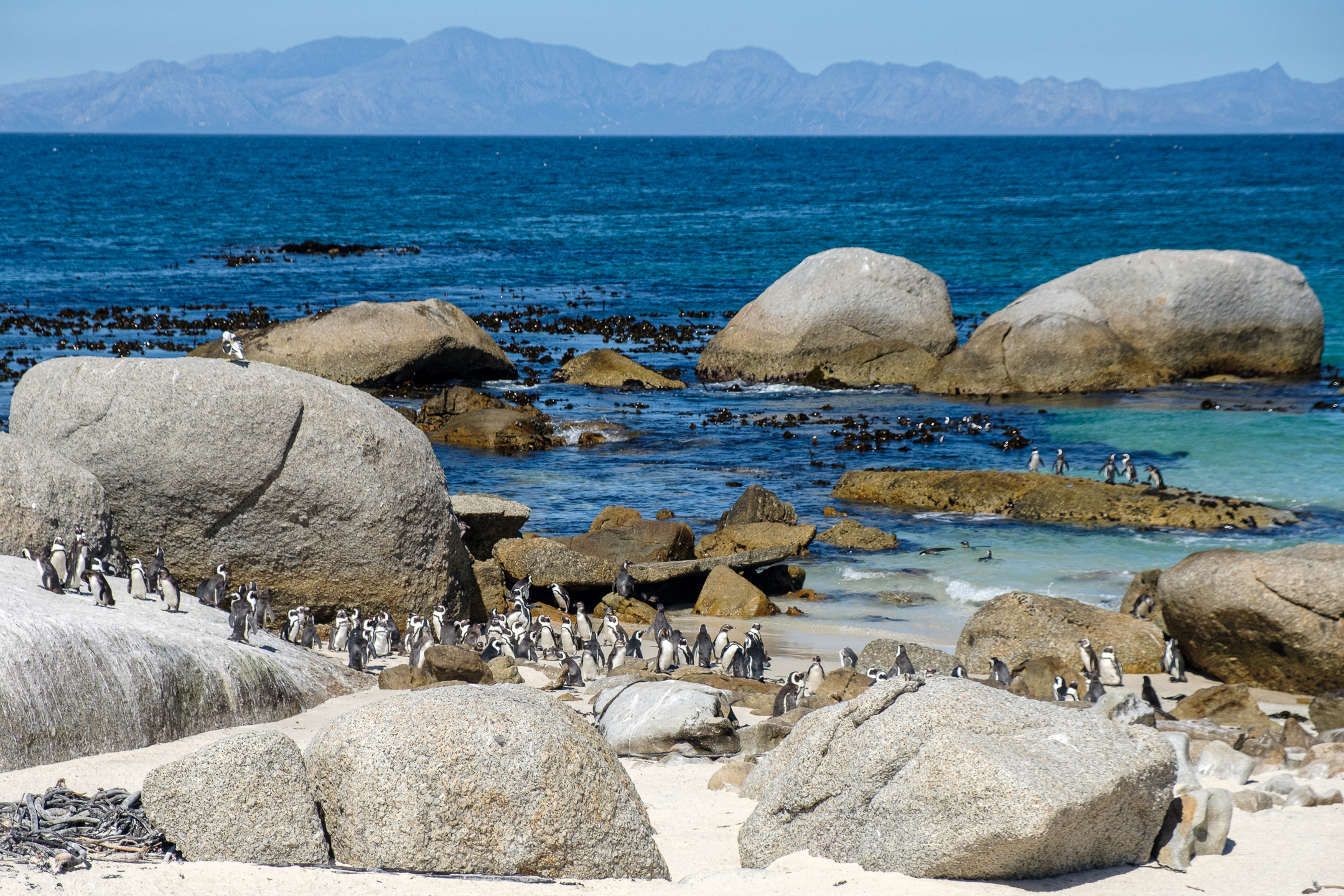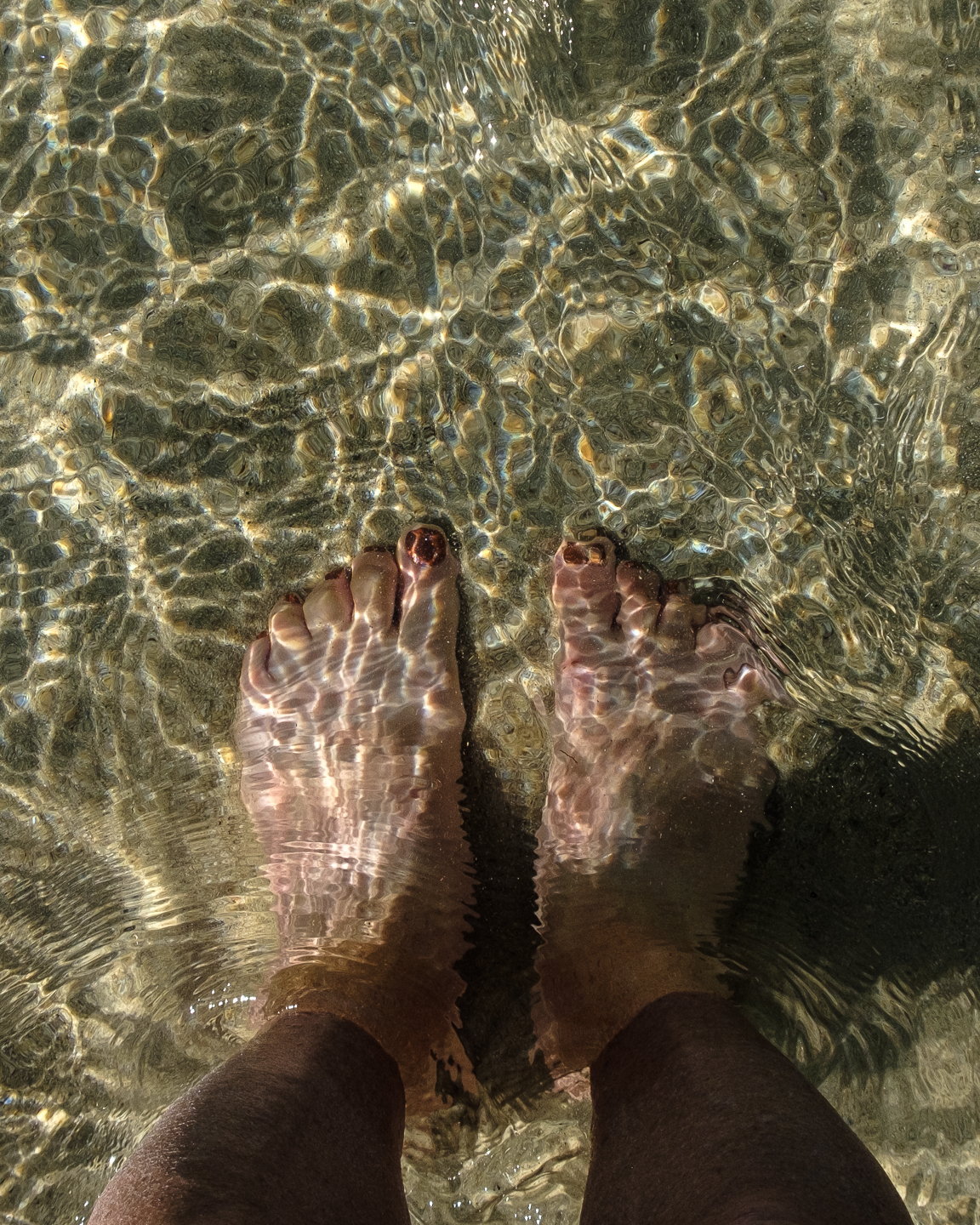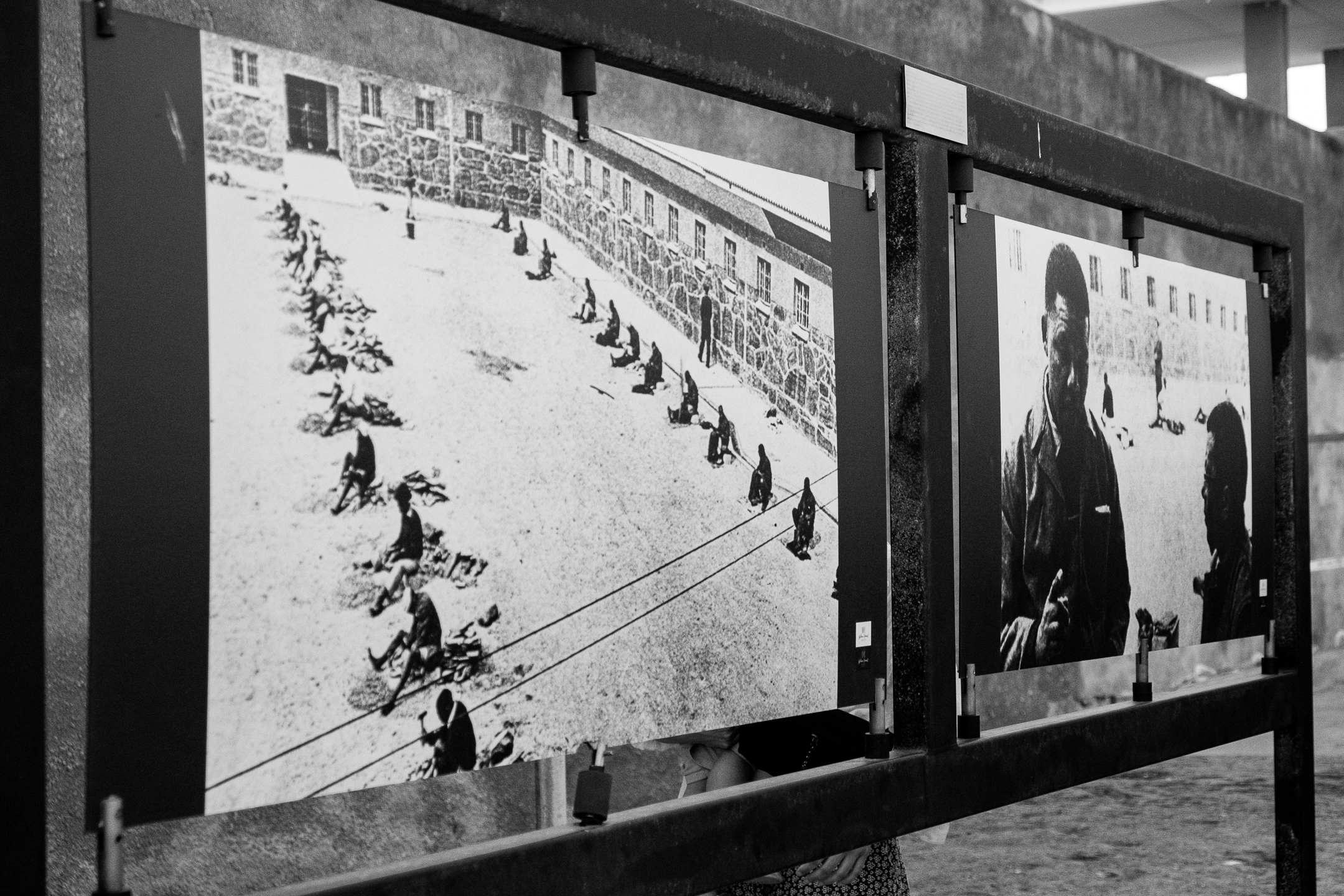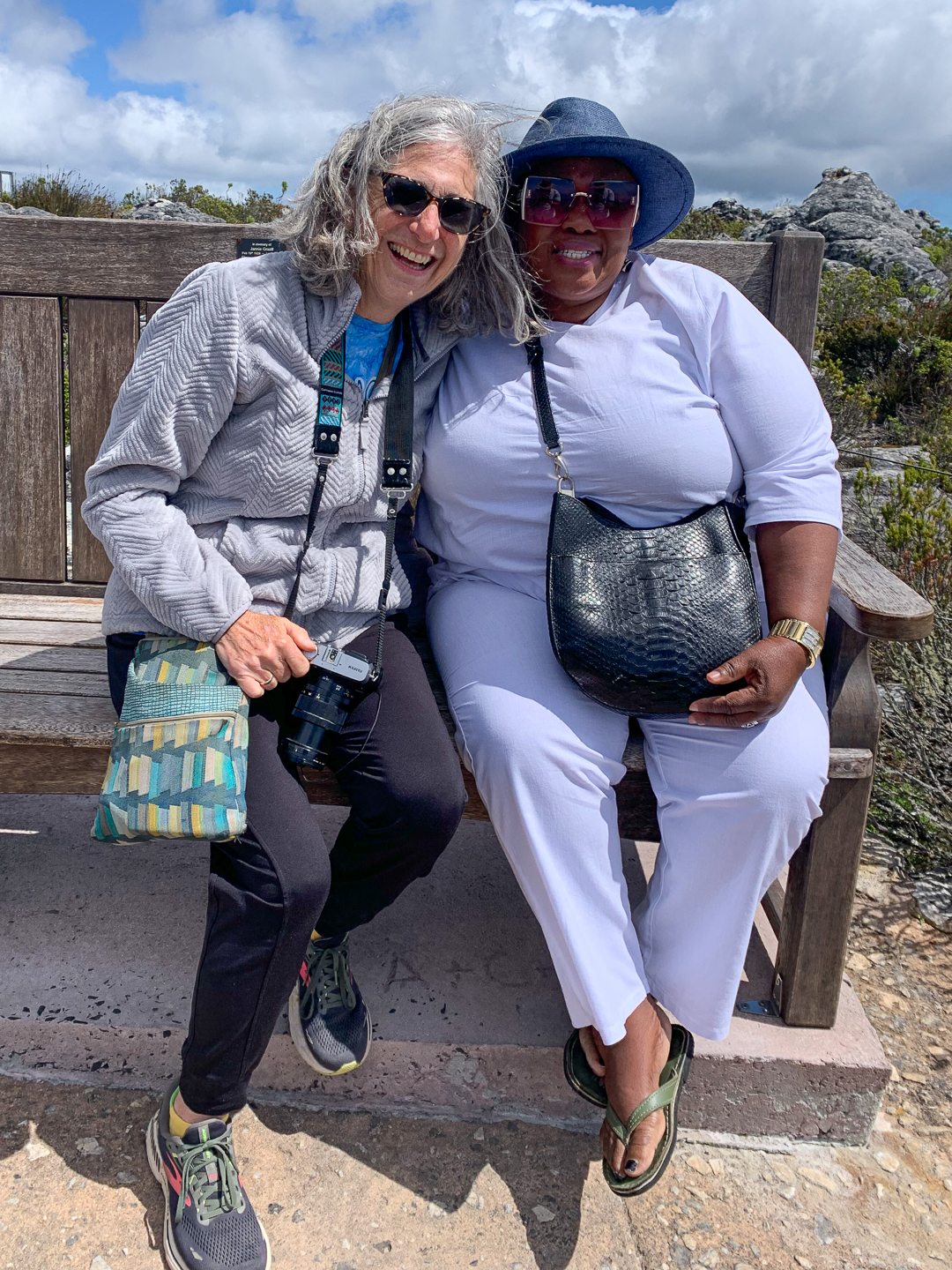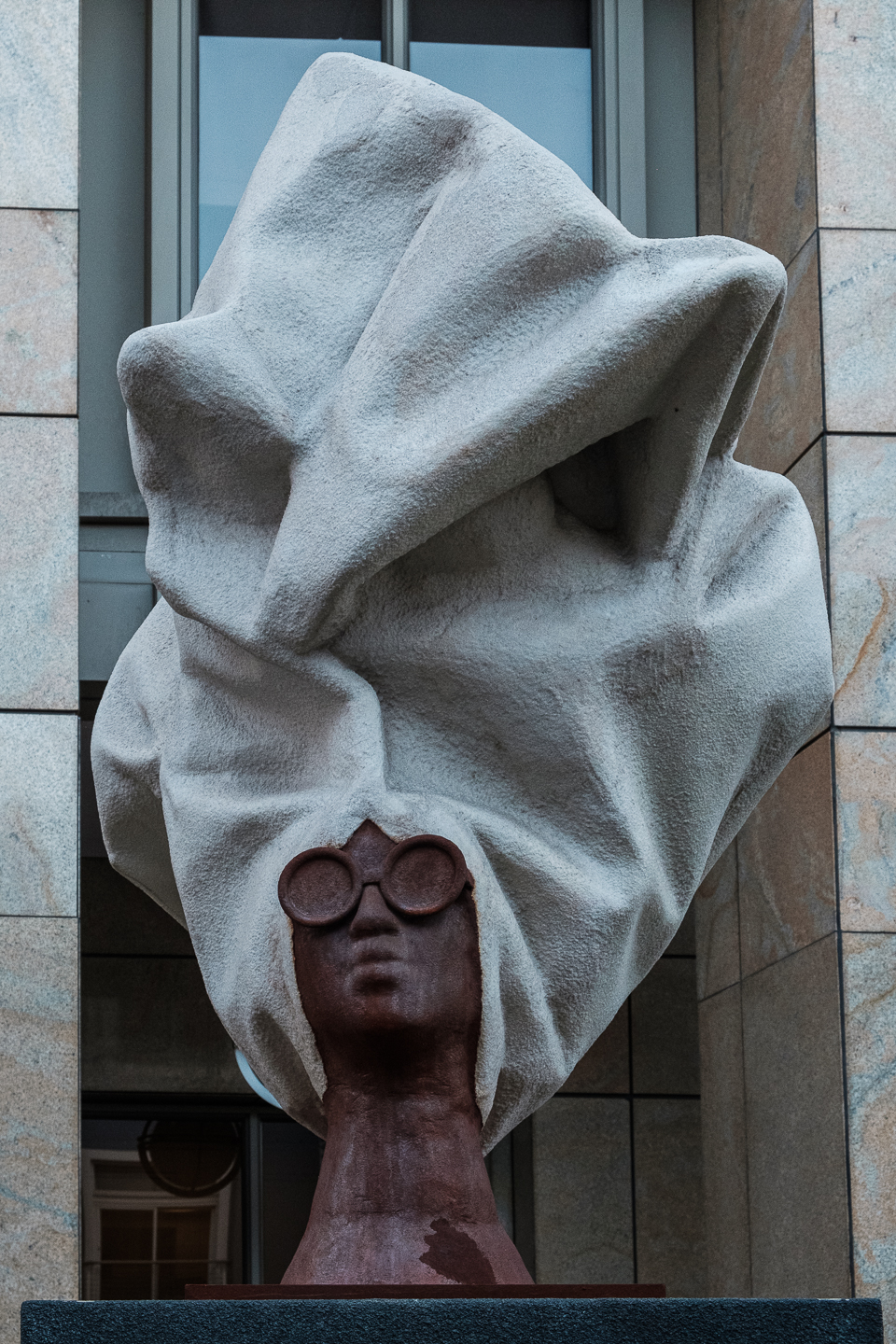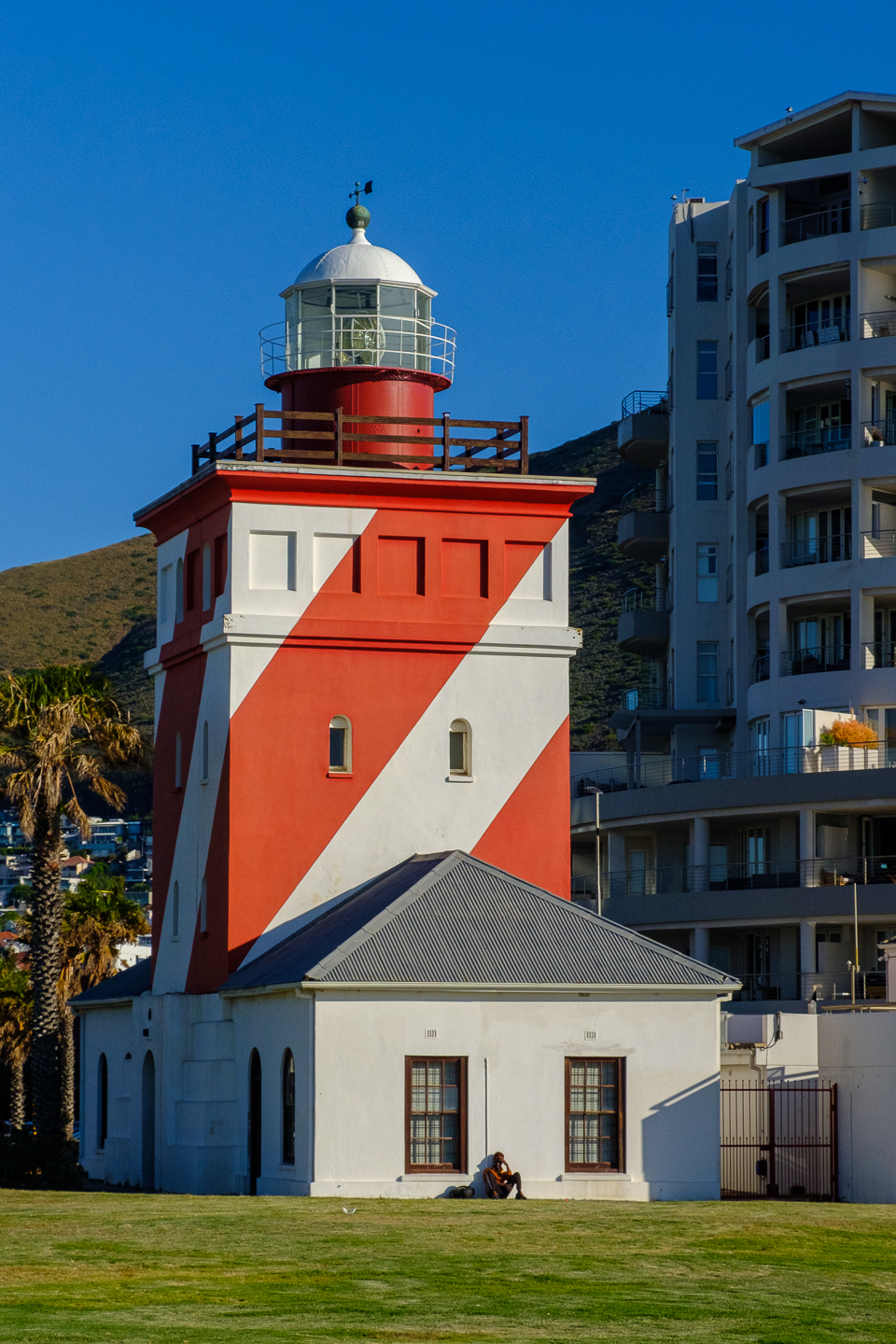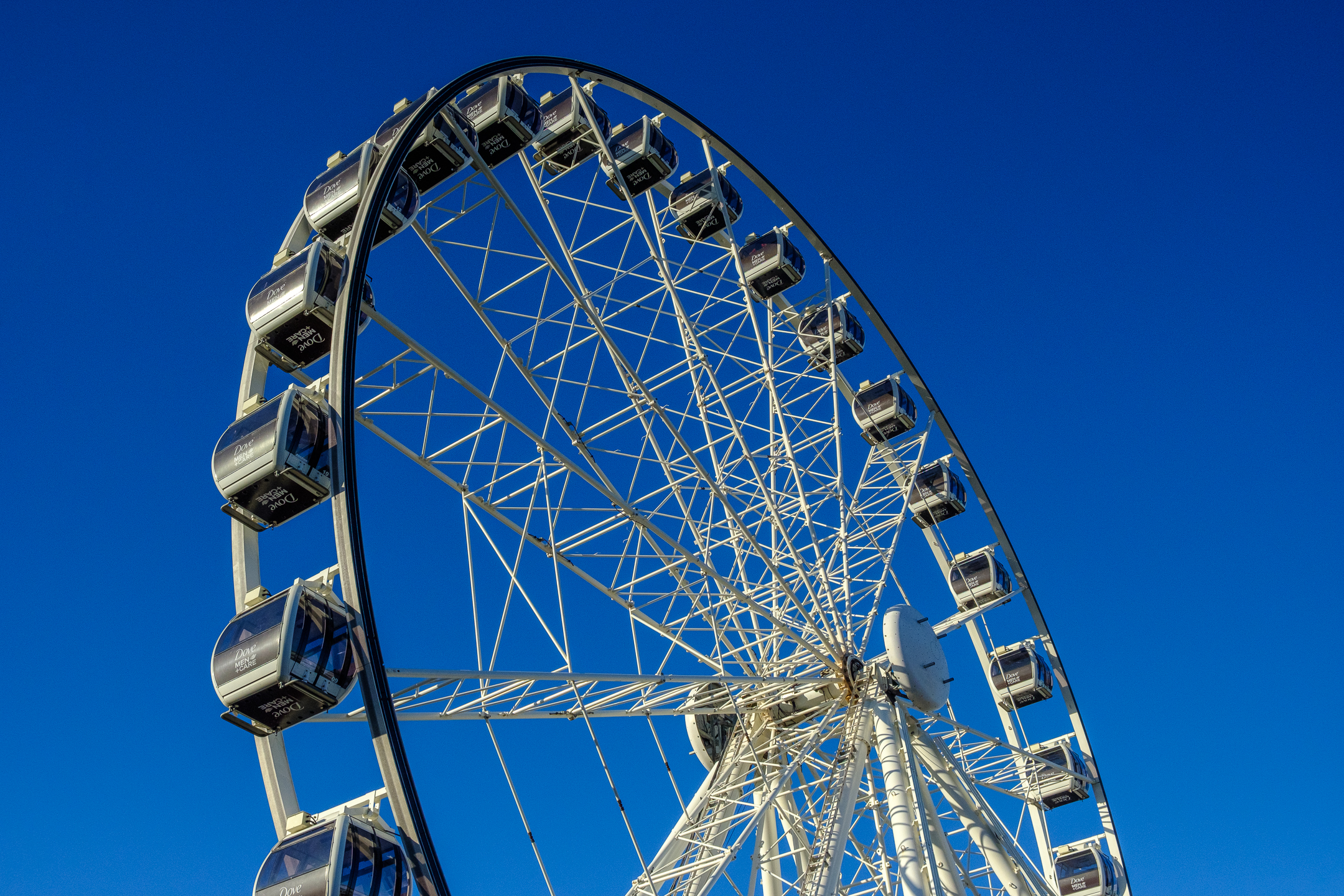Three of us (Kayla and Carole from England and me) decided to visit a township today. Kayla found a highly recommended tour company, Hata Angu Cultural Tours, in her Lonely Planet book, and our lovely hotel receptionist contacted the company for us. Two intelligent guides with magnificent English picked us up from our hotel and showed us around Swakopmund on the way to Mondesa, a township just outside this ocean town
During our drive, they shared history of Namibia (colonized by Germany, administered by South Africa, independent since 1990), feelings about Nelson Mandela (a hero in their eyes), economics (50% unemployment), language (four different clicks can completely change the meaning of a word – with those words being unrelated to each other), and ethnic culture (eleven groups with the largest being the Ovambo, second largest is Kavango, followed by Herero and Damara).
We first stopped at a traditional street market with food and clothing vendors. The bottles are recycled and filled with sauces – not alcohol.


In 1948 when South Africa instituted apartheid, blacks were forced from Swakopmund into black-only housing in Mondesa. Permanent residences with, generally, two bedrooms, a kitchen, a sitting area, and a bathroom, house about ten people. A wooden add-on structure often allows a young person to have a “home.”

At the first stop, we met a wonderful 24-year old Herero woman, dressed in traditional clothing, who runs a daycare in Mondesa. Working parents can pay for her to watch their children, ages 3 months to 5 years old, until the children are old enough to attend school, which is free and compulsory. With one or two colleagues, she takes care of up to 15 children. When she is in town (and not showcasing traditional clothing), she wears modern Western clothes. In her village, though, she must once again wear traditional clothing and speak softly and modestly. Herero men are allowed to have up to four wives. The first wife is selected based on love. Later, the first wife can pick additional wives if she can no longer bear children.

Our next stop took us to “the Democratic Resettlement Community (DRC), an informal settlement. It was founded in 2001 as a temporary resettlement community for people waiting for subsidized housing in the city and was built mostly of reclaimed garbage from the city landfill. The materials included corrugated metal, wood, canvas and plastic.”


In the DRC, we met with an herbalist – a healer and midwife – who shared a variety of dried herbs and how these herbs can heal or help people. She spoke no English, so our guide interpreted for us.

For our final township stop, we returned to Mondesa proper and a nice home owned by the founder of our tour company. Here, we ate a traditional Namibian meal (with our hands) and watched a dancing and singing performance by four young people who support themselves from their tips. The noise makers on their ankles are from dried chrysalises that they fill with dried beans.



After the tour and a short rest, we rambled around Swakopmund, chatting and processing what we learned in the township.




A sign warns pedestrians and drivers to beware of guineafowl.














































































